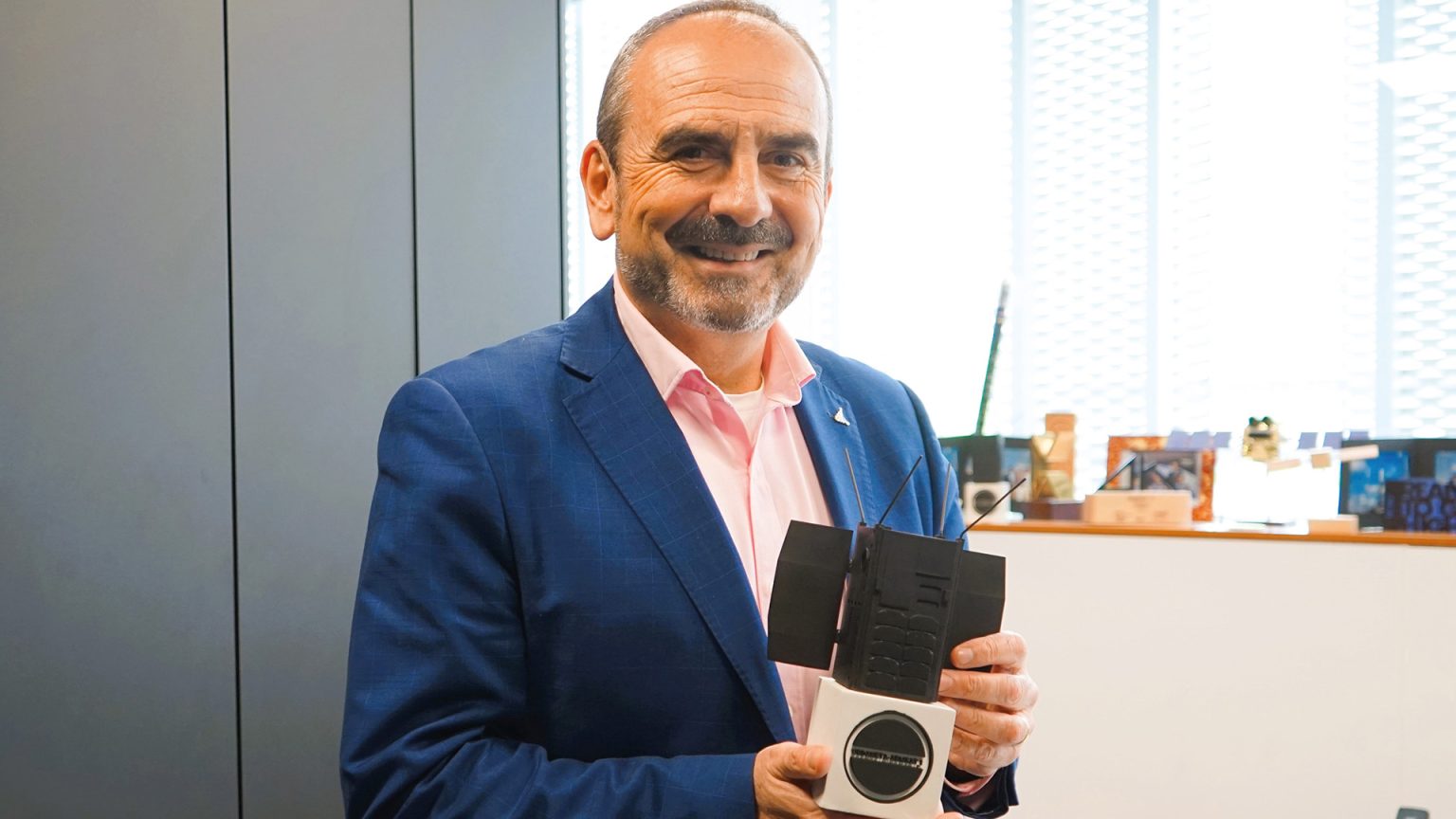We live in a digital age where geospatial plays a critical role and will continue to do so in the next generation”
The EO market has grown from traditional activities such as mapping and GIS, towards geo-referenced detections in the territory, environmental monitoring, precision agriculture or disaster management. EO for homeland security, especially in the new geopolitical context, continues to grow as space technology advances and new thermal, SWIR and polarimetric capabilities are developed that did not exist very recently.
SATLANTISSATLANTIS, a Spanish group of 120 engineers with headquarters in Bilbao and subsidiaries in the United States, the United Kingdom and France, has opted for integrated imaging technology, from capture to processing using its own computational electronics, optical cameras from VNIR to infrared and other complementary sensors, as the way to control and lead complete Earth observation missions.
And it does so by combining science and technology, leading astrophysics and transferring this science into the context of observing complex tasks, such as measuring and modelling methane emissions. Between GEISAT or HORACIO (small satellites to measure these emissions) and ARRAKIHS (a scientific mission led by Spain in ESA) there is a common technological denominator, the obsession of SATLANTIS to preserve all the relevant photons of an observation.
Our job is therefore to “understand the language of light”,from very high spectral resolution cameras (45cm) to thermal cameras (3m), across the cryogenic SWIR universe, all at tens of Gb/s and images/s, to offer a unique set of channels that always solves the customer’s challenge, be it Defence, Environment or Agriculture.
It is up to us to learn from our own and others’ mistakes, to make things easy for the market, not to speculate, and to work on the honest engineering of solutions, without falling into the temptation of fake news. We believe in turning Observation into a “normal” sector of hardware, software and services like any other, working to solve the practical problems of different customers.
It is now time for a new phase after the Copernicus revolution, a phase of integration, which will put an end to the upstream/downstream divorce, segments that operate with different paradigms. Today, a gas company can have a space infrastructure designed to monitor its 50,000 km of pipeline without having to restrict itself to images of pipe-orbit intersections. A utility company must understand that it cannot provide quality CO2 or methane emissions data without mastering the sensing technology. However, a coordinated ecosystem solves the customer’s problem, from investment to last-mile service.
Technological evolution is fast-paced. The ability to maintain multi-technology leadership is becoming increasingly difficult for even medium-sized companies. Therefore, a recipe of high specialisation mixed with ecosystem is the way to respond to the above mentioned integration, in my opinion. Verticalisation is a common and easy way to decide but difficult to maintain in a medium-sized company.
Our country has an extraordinary opportunity to connect these capabilities in a stable ecosystem, if the public side acts as a demand for recurring services, and starts to combine Technology-Push with a growing portfolio of solutions for fire, coastal management, civil protection, emission management, water quality, over fertilisation, precision agriculture, landfill, security and defence.





